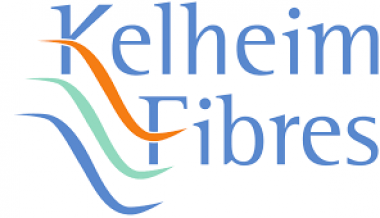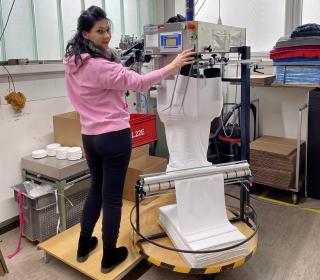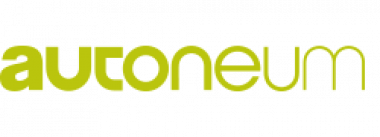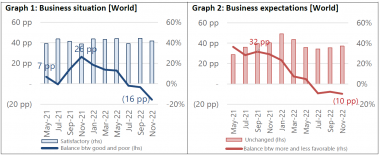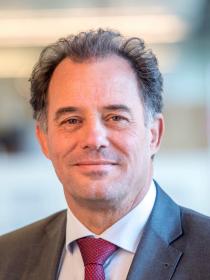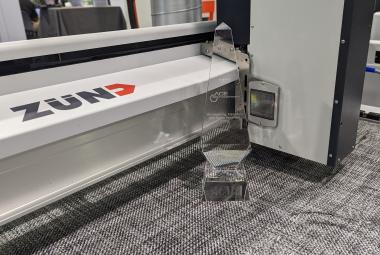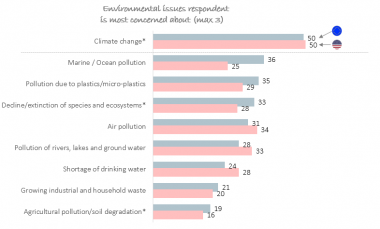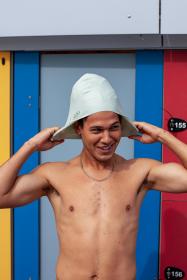adidas announces changes to its Executive Board
The Supervisory Board of adidas AG has extended the appointment of Harm Ohlmeyer as Chief Financial Officer of the company by another three years until the beginning of 2028. Harm Ohlmeyer has been member of the Executive Board of adidas AG since March 2017 and the company’s CFO since May 2017.
At the same time, the Supervisory Board appointed Arthur Hoeld as Executive Board member, responsible for Global Sales, as of April 1, 2023. Hoeld has been with adidas for 25 years, most recently as Managing Director of the company’s EMEA region since 2018. He will succeed Roland Auschel, who has decided to step down from his role, pass on the baton and leave the company after 33 years with adidas, including ten years as an Executive Board member.
Furthermore, Brian Grevy, Executive Board member of adidas AG, responsible for Global Brands, has informed adidas AG’s Supervisory Board that he will step down from the Executive Board and leave the company. In mutual agreement with Brian Grevy, the Supervisory Board approved the termination of his appointment as an Executive Board member as of March 31, 2023. adidas CEO Bjørn Gulden will assume responsibility for Global Brands. In this role, Gulden will lead adidas product and marketing activities, which will enable the required fast decision-making across all business units and departments.
Thomas Rabe thanked Brian Grevy for his many important contributions during his years of service with the company. Grevy initially joined adidas in 1998 and held leadership positions of increasing responsibility for adidas on a local, regional and global level before leaving the company in 2016. At the beginning of 2020, Brian Grevy returned to adidas as the company’s Executive Board member for Global Brands.
As of April 1, 2023, the company’s new Executive Board will consist of Bjørn Gulden (Chief Executive Officer and Global Brands), Arthur Hoeld (Global Sales), Harm Ohlmeyer (Chief Financial Officer), Amanda Rajkumar (Global Human Resources, People and Culture) and Martin Shankland (Global Operations).
adidas AG





